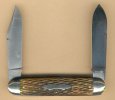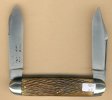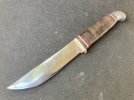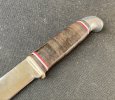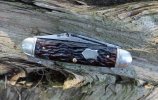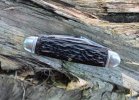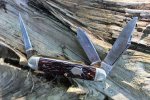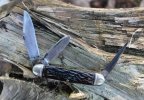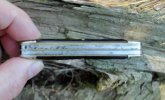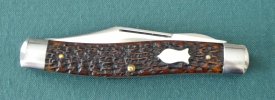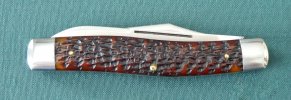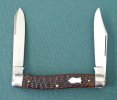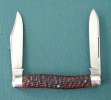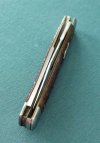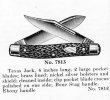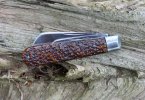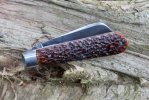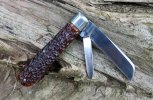Campbellclanman
Platinum Member
- Joined
- Mar 10, 2007
- Messages
- 15,833
Coyja, that's a very nice Razor!!! there's no way I could have walked past that one either!
Augie, a Gorgeous Remington HJ, I haven't come across one yet! I remember picking up the Acorn Shield use with Knives that have Punches from Herder- I find that real interesting!
Mike, yet another outstanding Knife- That Utica like others have said is really nice with its glowing Cell covers! As Jeff said- a very nice Knife that steps outside of the ordinary that's for sure
Charlie, I always like it when you add your Knives in for examples- always Wow factor!
Euroken- Oh man...that's a beauty!
Augie, a Gorgeous Remington HJ, I haven't come across one yet! I remember picking up the Acorn Shield use with Knives that have Punches from Herder- I find that real interesting!
Mike, yet another outstanding Knife- That Utica like others have said is really nice with its glowing Cell covers! As Jeff said- a very nice Knife that steps outside of the ordinary that's for sure
Charlie, I always like it when you add your Knives in for examples- always Wow factor!
Euroken- Oh man...that's a beauty!

